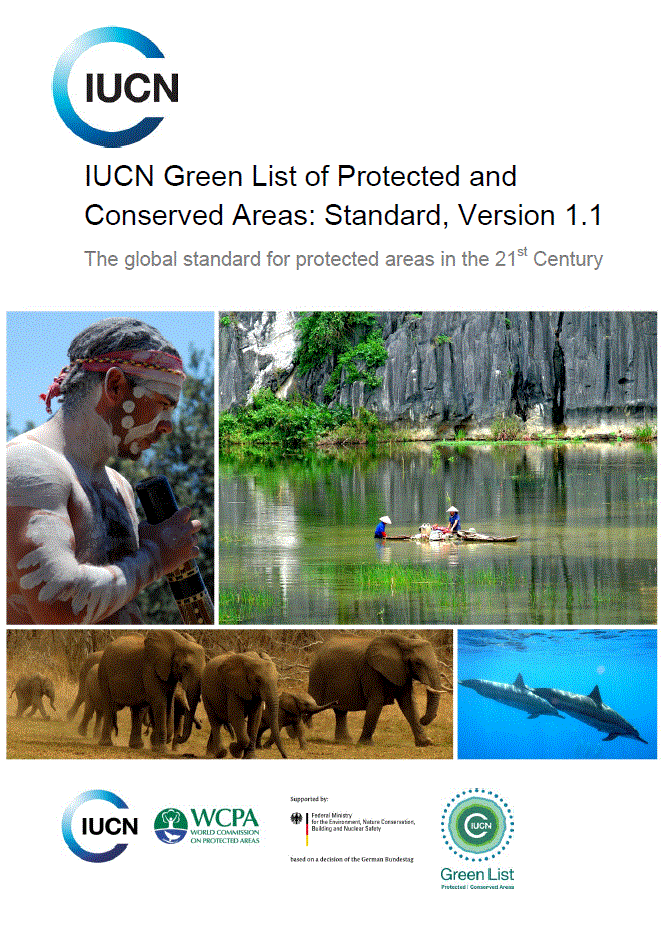The IUCN Green List of Protected and Conserved Areas is the first global standard of best practice for area-based conservation.
The IUCN Green List Standard is the new global sustainability standard to benchmark protected and conserved areas that are both effective and equitable. The Standard describes a globally consistent set of seventeen criteria categorised under four components, accompanied by 50 indicators, for successful conservation at the site level, in protected and conserved areas. The first component of the standard focuses on Good Governance.
The first criterion of the Good Governance component concerns legitimacy and voice: There are clearly defined, legitimate, equitable, and functional governance arrangements, in which the interests of civil society, rights-holders and stakeholders, are fairly represented and addressed, including those relating to the establishment or designation of the site.
The second criterion of the Good Governance component concerns the achievement of accountability and transparency. This means that governance arrangements and decision-making processes are transparent and appropriately communicated, and responsibilities for implementation are clear, including a readily accessible process to identify, hear and resolve complaints, disputes, or grievances.
The third and final criterion concerns governance vitality and the capacity to respond adaptively. Planning and management draws on the best available knowledge of the social and ecological context of the site, using an adaptive management framework that anticipates, learns from and responds to change in its decision-making.
